How to Deciphering the Puzzle of Time: A Step-by-Step Guide to Solving Age Problems in Mathematics
Age problems in mathematics are a type of word problem where you are asked to determine the ages of people at different times based on given information. These problems often involve setting up and solving linear equations. Here’s a step-by-step guide to understanding and solving age problems, particularly focusing on the condition that involves calculating a person’s age in the past and future:
[include_netrun_products_block from-products="product/6-virginia-sol-grade-3-math-practice-tests/" product-list-class="bundle-products float-left" product-item-class="float-left" product-item-image-container-class="p-0 float-left" product-item-image-container-size="col-2" product-item-image-container-custom-style="" product-item-container-size="" product-item-add-to-cart-class="btn-accent btn-purchase-ajax" product-item-button-custom-url="{url}/?ajax-add-to-cart={id}" product-item-button-custom-url-if-not-salable="{productUrl} product-item-container-class="" product-item-element-order="image,title,purchase,price" product-item-title-size="" product-item-title-wrapper-size="col-10" product-item-title-tag="h3" product-item-title-class="mt-0" product-item-title-wrapper-class="float-left pr-0" product-item-price-size="" product-item-purchase-size="" product-item-purchase-wrapper-size="" product-item-price-wrapper-class="pr-0 float-left" product-item-price-wrapper-size="col-10" product-item-read-more-text="" product-item-add-to-cart-text="" product-item-add-to-cart-custom-attribute="title='Purchase this book with single click'" product-item-thumbnail-size="290-380" show-details="false" show-excerpt="false" paginate="false" lazy-load="true"]
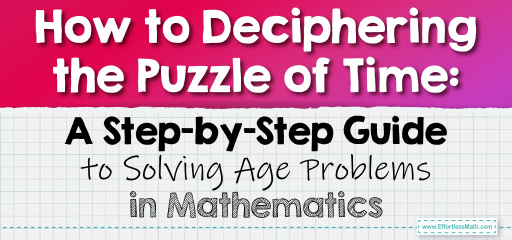
Step-by-step Guide to Deciphering Age Problems in Mathematics
Step 1: Understand the Problem
- Read Carefully: Carefully read the problem to understand what you are asked to find.
- Identify Key Information: Look for information about the current ages of individuals, their ages at different times in the past or future, and the relationships between these ages.
Step 2: Define Variables
- Choose Variables: Typically, let \(x\) represent the current age of a person of interest. Ensure that you clearly define what \(x\) represents.
- Represent Other Ages: If the problem involves the person’s age in the past or future, express these ages in terms of \(x\). For example, a person’s age \(a\) years ago is \(x−a\), and their age \(a\) years in the future is \(x+a\).
Step 3: Set Up Equations
- Use the Given Information: Based on the problem’s information, create one or more equations. These equations might relate the ages of different people or describe how a person’s age changes over time.
- Be Consistent: Ensure that the ages are consistent with the timeline given in the problem.
Step 4: Solve the Equations
- Manipulate the Equation: Use algebraic methods to solve for \(x\). This might involve simplifying expressions, combining like terms, or using methods like substitution or elimination in the case of multiple equations.
- Find the Age(s): Solve for \(x\) and any other unknowns in your equations.
Step 5: Verify Your Solution
- Check for Accuracy: Substitute your solution back into the original equations to ensure they hold true.
- Ensure Reasonability: Make sure the solution makes sense in the context of the problem. For instance, ages should be realistic and non-negative.
By following these steps methodically, you can solve a variety of age problems, understanding the relationships between ages at different times.
Examples:
Example 1:
John is currently twice as old as his brother Peter. Five years ago, John was three times as old as Peter. How old are John and Peter now?
Solution:
- Let Peter’s current age be \(x\) years.
- John’s current age is \(2x\) years.
- Five years ago, Peter was \(x−5\) and John was \(2x−5\).
- The equation from the problem:\(2x−5=3(x−5)\).
- Solve: \(2x−5=3x−15\) leads to \(x=10\).
- John is \(2×10=20\) years old.
Peter is \(10\) years old, and John is \(20\) years old.
Example 2:
A mother is four times as old as her daughter. In \(20\) years, she will be twice as old as her daughter. How old are they now?
Solution:
- Let the daughter’s age be \(x\).
- The mother’s age is \(4x\).
- In \(20\) years, the daughter will be \(x+20\) and the mother \(4x+20\).
- The future age equation: \(4x+20=2(x+20)\).
- Solve: \(4x+20=2x+40\) leads to \(x=10\).
- The mother is \(4×10=40\) years old.
The daughter is \(10\) years old, and the mother is \(40\) years old.
Related to This Article
More math articles
- 10 Most Common 7th Grade NYSE Math Questions
- FREE 8th Grade Common Core Math Practice Test
- 7th Grade GMAS Math Worksheets: FREE & Printable
- How to Graph Solutions to Linear Inequalities?
- Algebra Puzzle – Challenge 39
- Best Cheap Laptops for College Students
- The World of Separable Differential Equations
- FREE ATI TEAS 7 Math Practice Test
- Overview of the PSAT / NMSQT Mathematics Test
- 7th Grade MAP Math Practice Test Questions


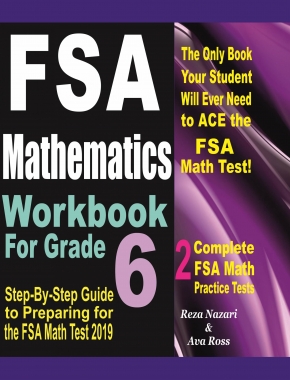



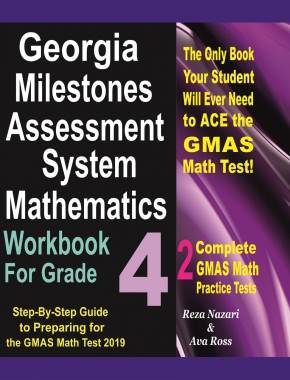
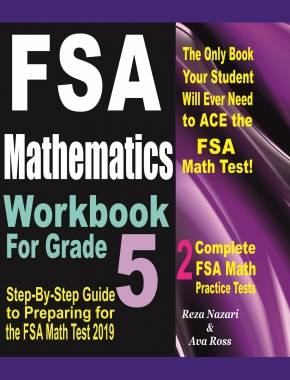
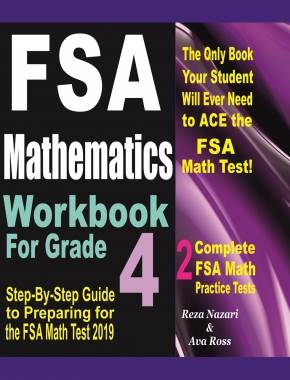



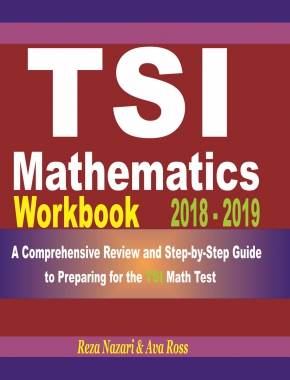


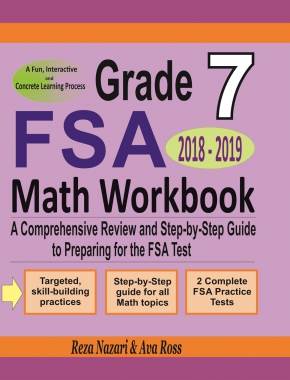
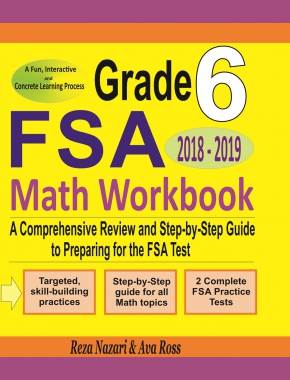


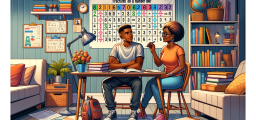


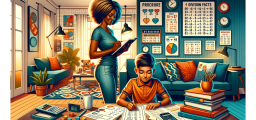














What people say about "How to Deciphering the Puzzle of Time: A Step-by-Step Guide to Solving Age Problems in Mathematics - Effortless Math: We Help Students Learn to LOVE Mathematics"?
No one replied yet.